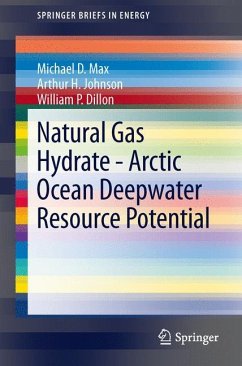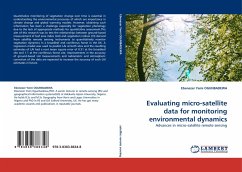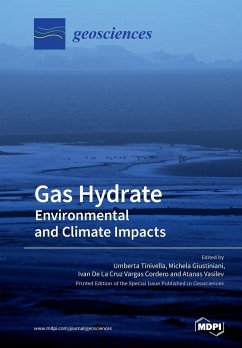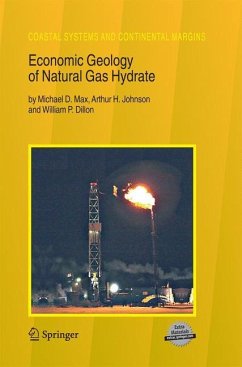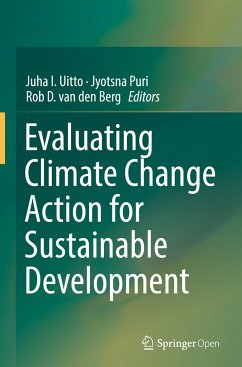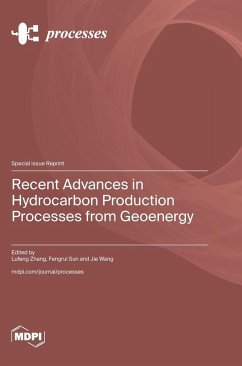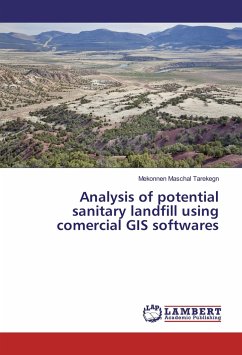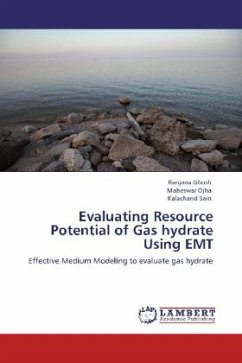
Evaluating Resource Potential of Gas hydrate Using EMT
Effective Medium Modeling to evaluate gas hydrate
Versandkostenfrei!
Versandfertig in 6-10 Tagen
45,99 €
inkl. MwSt.

PAYBACK Punkte
23 °P sammeln!
This book contains development of a method to evaluate resource potential of gas hydrate, which is an important alternative energy resource. Gas hydrate is deposited in sediment where pressure is very high and temperature is low in various forms like pore-filling, fracture-filling etc. Effective medium theory (EMT), a rock physics model based on the first principal of physics, is applied here for quantitative estimation of gas hydrate to meet different geological conditions as well as different gas hydrate morphologies. The effectiveness of the EMT is established through case studies of KG bas...
This book contains development of a method to evaluate resource potential of gas hydrate, which is an important alternative energy resource. Gas hydrate is deposited in sediment where pressure is very high and temperature is low in various forms like pore-filling, fracture-filling etc. Effective medium theory (EMT), a rock physics model based on the first principal of physics, is applied here for quantitative estimation of gas hydrate to meet different geological conditions as well as different gas hydrate morphologies. The effectiveness of the EMT is established through case studies of KG basin, India; Cascadia margin, Canada; Blake Ridge, USA; and Makran Accretionary prism, Pakistan.



